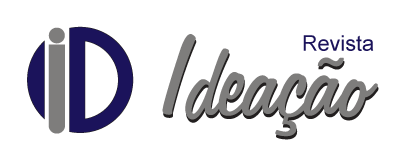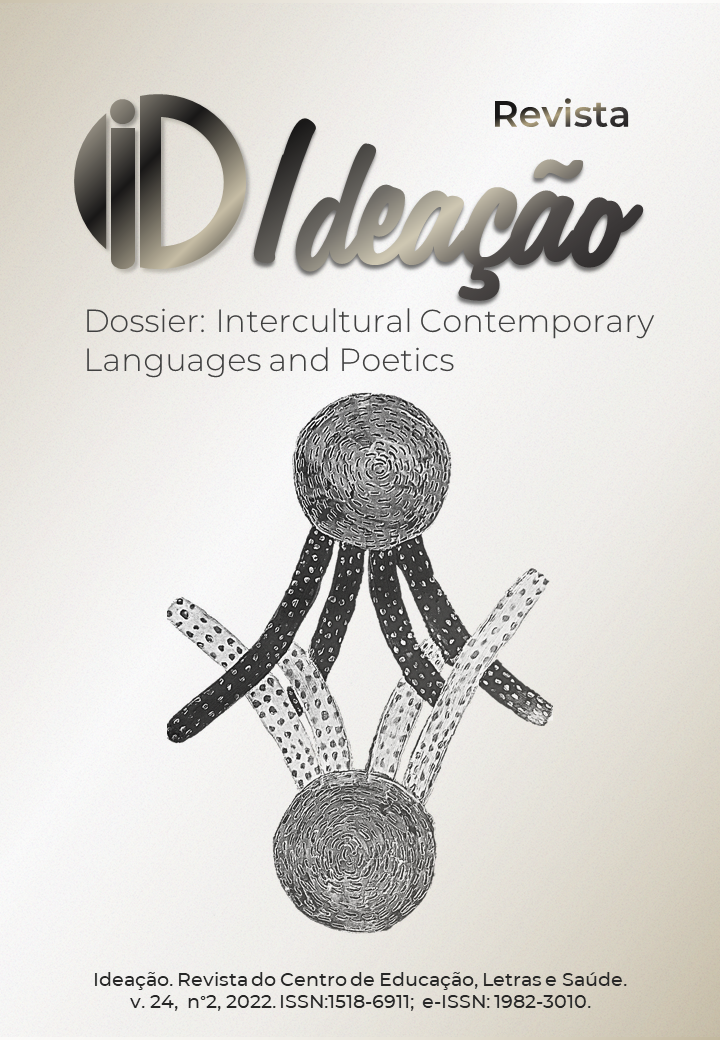Religious plurality in brazil
Perceptions about the learning process in remote education
DOI:
https://doi.org/10.48075/ri.v24i2.28661Keywords:
Perception, Religious Education, Emergency Remote TeachingAbstract
This study presents the analysis of a Technical-Technological Production entitled Teacher’s Notebook: Religious Education (Caderno do Professor: Ensino Religioso in Portuguese), implemented during the Emergency Remote Teaching in 2020, aiming to identify the contributions of this resource through the students’ perceptions of their learning. The research happened in a public state school in Paraná, with 20 seventh grade students of elementary school, and the collected records were analyzed in the light of the Content Analysis. Through the analysis and reflections about the students’ perception of their learning, we identified indications that they consider they have learned the contents, taking into account that our methodological strategies favored this process in Remote Teaching. However, it is noteworthy that the difficulty indicated by some students during the implementation of the Teacher's Notebook is related to the technological tools used during this emergency teaching form, which in some cases proved to be non-existent or inadequate for carrying out the activities. As for the contributions of the Teacher’s Notebook for students’ learning, the strategies and methodologies used in the implementation of the Notebook presented themselves as the most relevant factor for students’ learning, since through the implemented activities, the students indicated they had understood the contents envisaged by the curriculum.
Downloads
Published
How to Cite
Issue
Section
License
Copyright (c) 2022 Direitos partilhados conforme licença CC BY-NC-SA 4.0

This work is licensed under a Creative Commons Attribution-NonCommercial-ShareAlike 4.0 International License.
Authors who publish in this journal agree with the following terms:
1. Authors maintain copyright and grant the journal the right of first publication, with the work simultaneously licensed under the Creative Commons Attribution License that allows the sharing of the work with recognition of authorship and initial publication in this journal.
2. Authors are authorized to assume additional contracts separately, for non-exclusive distribution of the version of the work published in this journal (e.g., to publish in an institutional repository or as a book chapter), with acknowledgment of authorship and initial publication in this journal.
3. Authors are allowed and encouraged to publish and distribute their work online (e.g., in institutional repositories or as a personal page) at any point before or during the editorial process, as this may generate productive changes, as well as increase the impact and citation of the published work (See The Effect of Free Access).
Creative Commons License
This work is licensed under a Creative Commons Attribution-Noncommercial-ShareAlike 4.0 International License, which permits sharing, copying, distributing, displaying, reproducing, the whole or parts provided it has no commercial purpose and the authors and source are cited.


